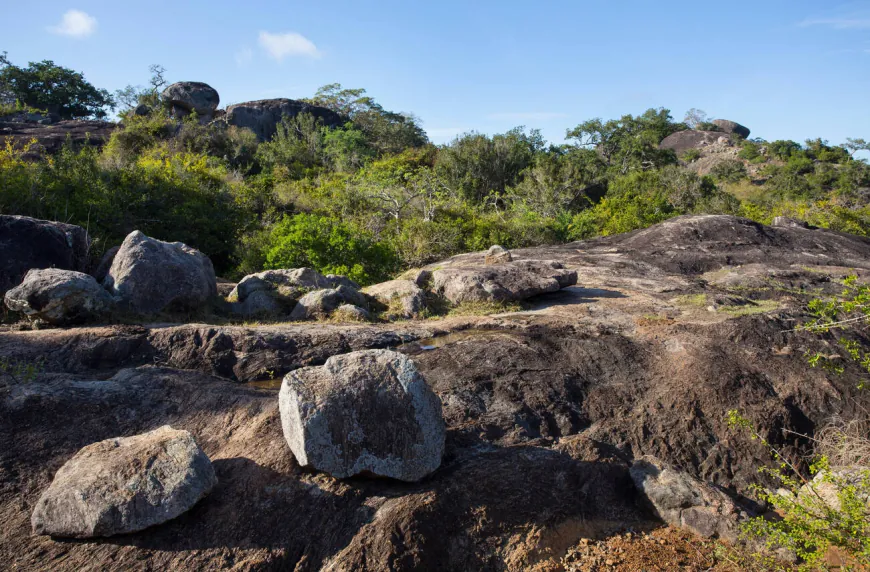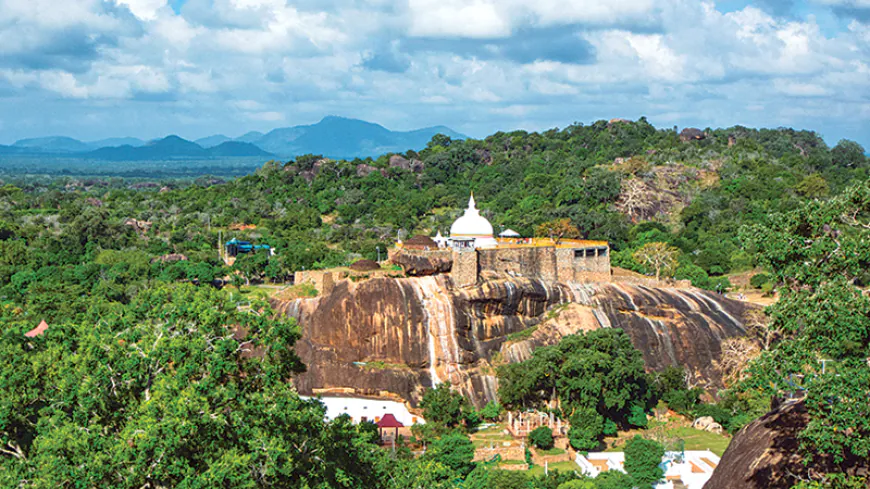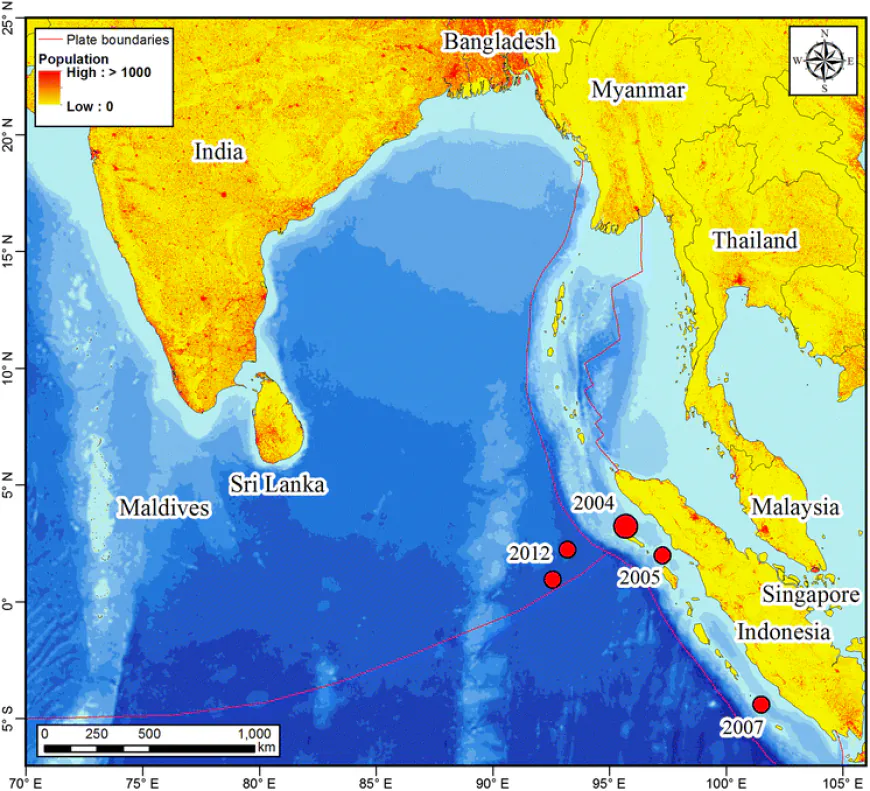Cultural and Conservation Journey of Yala Park Sri Lanka: From Monastic Roots to Modern Milestones
Explore the cultural significance and conservation evolution of Yala Park Sri Lanka, including its historical monastic sites and modern-day initiatives.
-
Yala: Monastic to Modern

Yala National Park, Sri Lanka's most visited wildlife sanctuary, has evolved from an ancient monastic settlement to a crucial conservation area, boasting the world's highest density of leopards and a rich tapestry of ecosystems. This 126,786-hectare park not only serves as a haven for diverse wildlife but also preserves significant archaeological sites, offering visitors a unique blend of natural beauty and cultural heritage.
-
Ancient Spiritual Legacy

Yala National Park is not only a wildlife sanctuary but also a treasure trove of ancient Buddhist heritage. The park houses several significant monastic settlements and temples that date back to the pre-Christian era. Sithulpahuwa, a prominent monastic complex within the park, is believed to have accommodated up to 12,000 monks at its peak, showcasing the area's importance as a spiritual center. Other notable sites include Magul Vihara, constructed in 87 BC, and Akasa Chaitiya, built in the 2nd century BC. These ancient ruins, scattered throughout the park, provide valuable insights into the region's rich cultural history and the flourishing Buddhist civilization that once thrived here. The presence of these sacred sites has had a lasting influence on local communities, with many still serving as important pilgrimage destinations. For instance, Sithulpahuwa remains an active place of worship, attracting thousands of pilgrims annually and maintaining its spiritual significance for over two millennia.
-
Conservation Through Time
Sri Lanka has a long history of conservation efforts, with initiatives evolving from traditional practices to modern, comprehensive strategies. The following list outlines key developments in the conservation of Yala National Park and Sri Lanka's biodiversity:
- Ancient conservation practices date back over 2,000 years, with edicts calling for wildlife preservation in defined areas
- The first National Policy on Wildlife Conservation was approved in June 1990, laying the foundation for modern conservation efforts
- The National Forest Policy of 1995 aimed to safeguard remaining natural forests and conserve biodiversity, soil, and water resources
- The National Wildlife Policy of 2000 renewed the government's commitment to wildlife conservation, emphasizing protected area management with community participation
- The National Biodiversity Strategic Action Plan 2016-2022 set targets for preventing species extinction, restoring ecosystems, and enhancing biodiversity conservation
Current initiatives focus on:
- Establishing well-connected systems of protected areas integrated into wider landscapes and seascapes
- Enhancing ecosystem resilience and carbon stocks through conservation and restoration
- Improving knowledge and technologies related to biodiversity
- Respecting and integrating traditional knowledge and practices of local communities
The Department of Wildlife Conservation (DWC) is now responsible for protecting wildlife resources and managing the network of Wildlife Protected Areas. These conservation efforts aim to balance the protection of Sri Lanka's unique biodiversity with sustainable development and community involvement.
-
Tsunami's Devastating Impact

The 2004 Indian Ocean tsunami had a significant impact on Yala National Park, causing both human casualties and environmental changes. The tsunami waves, exceeding 10 meters in height, struck the park's coastal areas, resulting in the deaths of approximately 250 people, including tourists and park employees. The Yala Safari Hotel was particularly affected, with nearly 200 tourists and staff members losing their lives.
Despite the human toll, the wildlife in Yala National Park demonstrated remarkable resilience. Reports suggest that most animals survived the tsunami, with many species exhibiting behavior indicative of sensing the impending disaster. Elephants, turtles, and various bird species were observed moving inland or to higher ground before the waves hit. This phenomenon sparked discussions about animals' ability to detect natural disasters, although it is more likely attributed to their heightened sensitivity to vibrations and changes in the environment.
The tsunami's impact on the park's landscape was substantial but patchy. While some areas experienced intense vegetation damage due to inundation, much of the coastline was protected by sand dunes. The park's ecosystem demonstrated resilience, with wildlife returning to coastal areas within days of the event. Recovery efforts focused on restoring damaged infrastructure and implementing measures to better prepare for future natural disasters. The tsunami also led to increased awareness of the need for coastal conservation and disaster preparedness in protected areas.
-
Milestones in Park History
Yala National Park's history has been shaped by several significant events beyond its monastic roots and the 2004 tsunami. In 1900, the area was designated as a wildlife sanctuary, marking the beginning of formal conservation efforts. The park was officially established in 1938, becoming one of Sri Lanka's first national parks. During World War II, the park served as a strategic location for the British military, temporarily altering its primary function as a wildlife reserve.
In the 1980s and 1990s, Yala faced challenges from the Sri Lankan Civil War, with parts of the park becoming inaccessible due to security concerns. This period paradoxically led to reduced human interference in some areas, inadvertently benefiting wildlife. More recently, climate change has emerged as a significant threat, with prolonged droughts affecting water sources and vegetation patterns within the park. In response, park management has implemented adaptive strategies, including the creation of artificial waterholes to support wildlife during dry seasons.
What's Your Reaction?








































